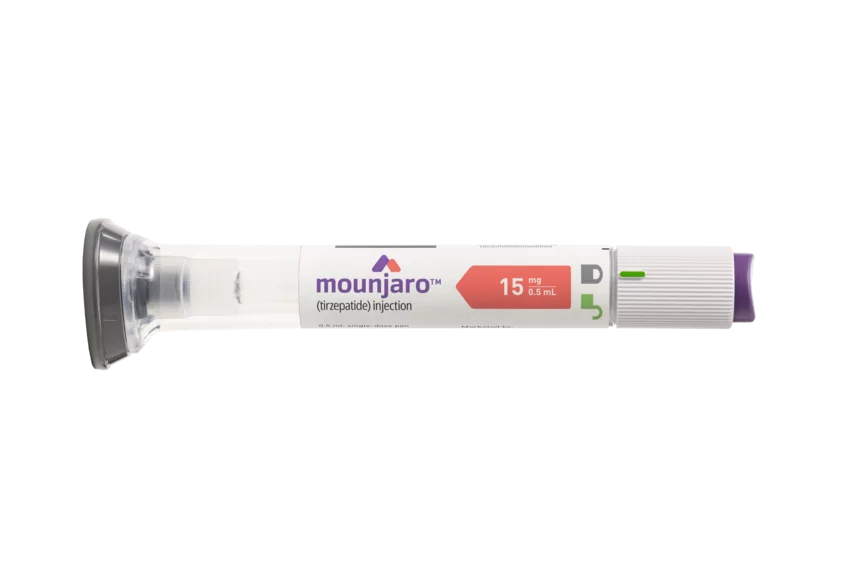Tirzepatide benefits obese HFpEF patients with and without type 2 diabetes
Tirzepatide, a diabetes drug sold under the brand names Zepbound and Mounjaro, is associated with “significant improvements” in patients with heart failure with preserved ejection fraction (HFpEF), according to new clinical data shared by Eli Lilly and Company.
Tirzepatide was originally approved by the U.S. Food and Drug Administration (FDA) for the treatment of type 1 diabetes in 2022. In 2023, it gained an additional FDA approval for chronic weight management in adult patients who are obese, overweight or present with at least one weight-related condition such as high blood pressure or high cholesterol. In addition, recent data suggest the drug could also be associated with significant benefits for obese patients battling obstructive sleep apnea. One recent study linked it to more significant weight loss than semaglutide.
These latest data come from the SUMMIT trial, an international clinical trial designed to evaluate the safety and efficiency of tirzepatide in adults presenting with HFpEF. SUMMIT included more than 700 patients living with or without type 2 diabetes. All participants were randomized to be treated with weekly doses of tirzepatide or a placebo. The median follow-up period was 104 weeks.
Overall, Lilly announced, tirzepatide was associated with a reduction in the risk of heart failure outcomes and improved heart failure symptoms. Patients treated with tirzepatide also lost more weight—15.7% vs. 2.2%—and experienced greater reductions in the inflammation marker high-sensitivity C-reactive protein.
“HFpEF accounts for nearly half of all heart failure cases, and in the U.S. almost 60% of those impacted also live with obesity,” Jeff Emmick, MD, PhD, senior vice president of product development for Lilly, said in a statement. “Despite a continuing increase in the number of people with both HFpEF and obesity, treatment options remain limited.”
The study’s authors plan on sharing their results at an upcoming medical society meeting and seeking publication in a peer-reviewed journal. Lilly, meanwhile, plans on using these early findings to the FDA and “other regulatory agencies” in the months ahead.


